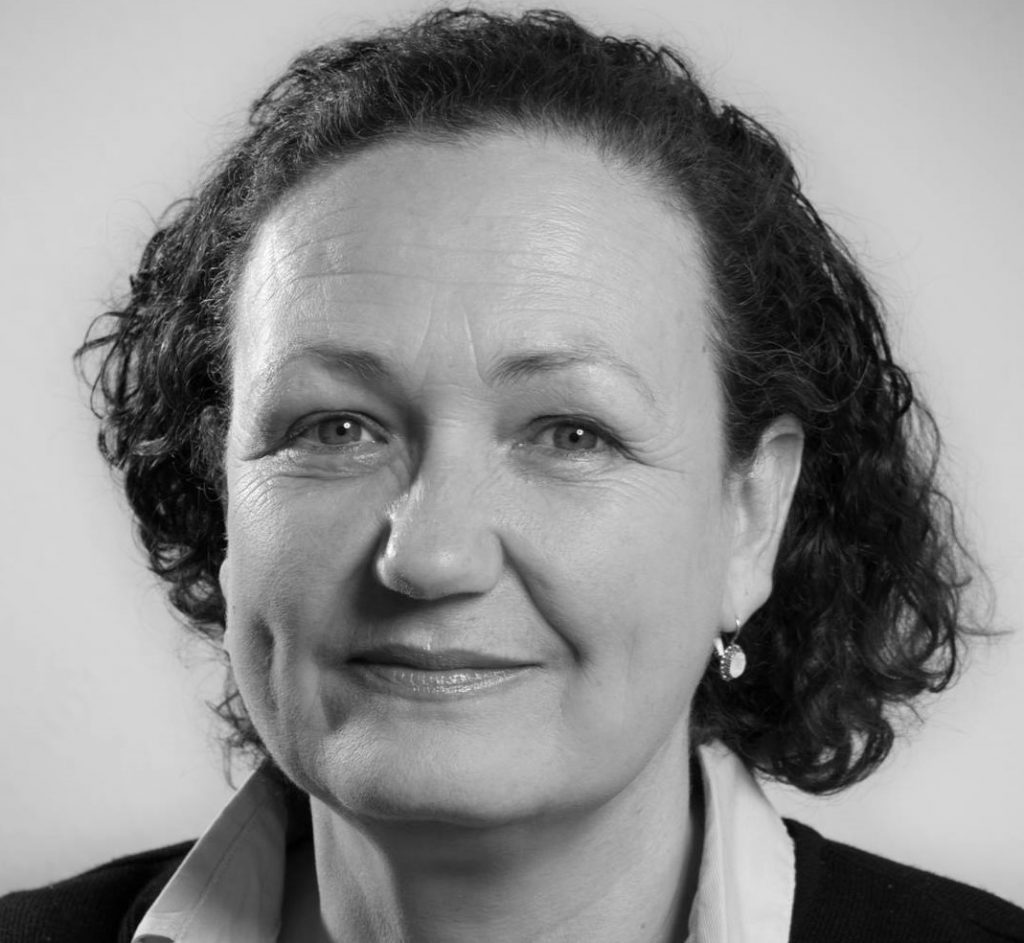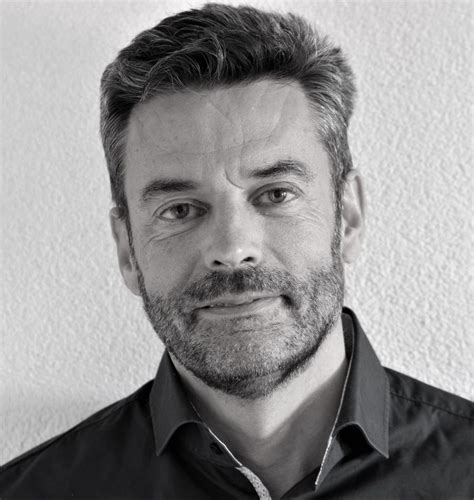The impact of daylight on our physical and mental health is often overlooked. To better understand how light influences us, an interdisciplinary research platform has been launched to connect basic science with application-oriented and clinical research.
This innovative structure allows for rapid progress in investigating and translating the insights and benefits of daylight for human health.
Discover
The importance of healthy light
Daylight is an environmental factor that often goes unnoticed and is taken for granted. The sun rises every morning, and we are used to switching on an electric light in case it is too dark. In recent years, it has become clear that people spend 90% of their time indoors where sufficient exposure to daylight is not given. In the evening, after the sun sets, many of us spend time in front of screens, and their ‘blue light’ emitting LEDs, exposing us to short wavelengths of light. How does this modern light exposure pattern influence us?
Timing and type of light can impact our health
Research has revealed that the interaction of the right light (in terms of its wavelength, intensity and distribution) and the timing of light during the 24h cycle affects our health and well-being. There is ample evidence that exposure to daylight sets our internal body clock, which regulates circadian rhythms. Being out of synch with the external daylight cycle can lead to sleep problems, affect cognitive function, eating habits and hormone release. Exposure to daylight can alleviate some health conditions, and there is clear evidence that timed light exposure helps treating mood disorders and circadian sleep-wake rhythm disorders. Nevertheless, the exact mechanisms for many effects of light on humans are not yet fully understood. It is also likely that many other health conditions could benefit from exposure to the right light at the right time.
While we do not know all the potential applications of daylight for human health, it is crucial to translate the available knowledge on daylight and human health into applicable solutions.
Connecting three perspectives to harness the benefits of daylight for human health
The recently launched interdisciplinary research platform aims to address these questions. The Integrative Human Circadian Daylight Platform brings three perspectives together with research modules that have overlapping interests but are fundamentally different. One module will study the biological mechanisms triggered when light hits the eye and takes a basic science approach. Another module aims to bring existing knowledge on daylight into real-life application, specifically for older people. The data and insights collected outside the lab will feed back into research done in the lab. The third module intends to develop clinical applications and personalized light interventions to treat circadian disorders. The platform was enabled by funding of Velux Stiftung.
“Light has a profound influence on humans. Understanding how to harness it to support health and well-being across the lifespan is a key priority.”
Change
Exploring how circadian rhythms can be influenced
By bringing together these three modules, the research platform provides a comprehensive overview of this growing area of daylight research for human health. In the past decades, the science of biological rhythms has discovered the genetic mechanism regulating the biological clock as well as identified circadian clocks in almost every peripheral tissue or organ. This impressively underlines the relation between light as a zeitgeber for our internal clock and the various physiological functions. By understanding the benefits of daylight exposure, we can make changes to our environment and lifestyle that could have a positive impact on our health and well-being.
Module 1: Circadian Visual Neuroscience (CVN)
Combining methods from vision science with chronobiology, the work of this module focuses on understanding what the eye tells the brain. It will explore what signals light triggers in the retina of the eye and afterwards in our brain. The work will specifically investigate both the visual and non-visual effects of daylight. The research of Manuel Spitschan aims to link the knowledge on retinal photoreceptors to the influence of circadian information for neuroendocrine effects like on the sleep hormone melatonin.
Module 2: Environmental Circadian Lighting (ECL)
How light affects us in the real world is the topic in another module that is led by Mirjam Münch. Her research will focus on lighting situations at home or at work. It will assess the (day-)light conditions in the older population in Switzerland and measure effects on physiology and psychosocial parameters. The results will allow to detect how individuals show different light sensitivity and physiological responses like how sleep quality or cognitive, hormonal and metabolic functions can be affected. It aims to develop a framework of circadian health strategies for older individuals.
Module 3: Circadian Health Clinic (CHC)
The third module of the research platform will focus on circadian medicine, an innovative and growing field. Corrado Garbazza will take the lead in this module. His goals are to develop new tools for screening and treating people with circadian sleep-wake rhythm disorders and evaluating the efficacy of daylight versus artificial light when treating people diagnosed with major depression.
At the center: the Circadian Data Hub
Within this platform, a new Circadian Data Hub for harmonizing, storing and sharing laboratory and field data will be created. This will be shared with a wider community in the future, following the model of the UK Biobank. This Circadian Data Hub will include metadata and data standards, tools to validate data packages, and easy-to-use web interfaces for depositing and accessing data. The Circadian Data Hub will be linking to other existing infrastructures, including the Human Light Exposure Database, the pyActigraphy tool for analysing light exposure data and luox, a free-to-use and open-source tool for calculating light- and lighting-related quantities.
The platform is hosted at the Centre for Chronobiology, Psychiatric Hospital of the University of Basel in Switzerland. Two modules as well as the platform coordination will be physically based there. The module on Circadian Visual Neuroscience as well as the Circadian Data Hub is based at the Technical University of Munich and the Max Planck Institute for Biological Cybernetics in Tübingen, Germany. The platform was enabled by funding of Velux Stiftung.
Taken together, the results of the research platform will enable a more holistic understanding of how our body perceives and reacts to light. The tight links between those perspectives represented in the three modules permit to develop recommendations for individuals, guidelines for adapting our environments, and potentially personalized light-based therapies for circadian disorders.
“Most of what we know about non-visual light effects on humans comes from controlled laboratory studies.
But sustainable translation into real world settings, with positive effects on sleep and circadian health will be crucial in the future.”


Lead Circadian Visual Neuroscience, Professor for Chronobiology and Health, Technical University of Munich, Germany


Lead Environmental Circadian Lighting, PhD, University of Basel, Switzerland


Lead Circadian Health Clinic, MD PhD, University of Basel, Switzerland


Director of the Integrative Human Circadian Daylight Platform and Professor of Chronobiology, University of Basel, Switzerland
Transfer
A platform dedicated to foster collaboration, exchange and knowledge transfer
By integrating three modules along the knowledge transfer chain, the structure of the platform is built to enable translation of the basic science results towards practical and clinical applications. This facilitates collaboration within the platform. The Circadian Data Hub is a central tool within the platform but also links the platform with the wider scientific community.
To keep relevant professional communities like architects, lighting engineers, health professionals up to date, the platform is committed to proactively communicate their insights. This could be for example through recommendations or clinical daylight guidelines to promote health and well-being. It also has the vision to establish itself as a knowledge and advice hub on human circadian daylight solutions for different stakeholders outside the scientific community such as educational institutions, private companies, clinics, regulatory authorities and policymakers.
The platform also organises public seminars to raise awareness for the importance of daylight in public health and plans for systematic capacity building at the University of Basel. The intention is to set up a professional education program to promote awareness, research and implementation of daylight in the faculties of biology, psychology and medicine.

Impact
Leveraging daylight knowledge for human health
Interdisciplinary research into daylight has immense potential to improve the lives of individuals and communities around the world. Combining the three research modules under one platform with components of ophthalmology, healthy ageing and daylight research on one side and knowledge transfer from basic research to application and the clinic on the other side is a unique approach, brings more than the sum of the parts and will enable high leverage.
With improved understanding of the effects of daylight comes a greater appreciation for its potential and ability to positively influence health outcomes for individuals as well as for public health.
Why we funded this project
The idea of the Integrative Human Circadian Daylight Platform, with synergies between basic, application-oriented and clinical research was intriguing.
It is a research platform set up for facilitating collaboration and exchange with a strong vision for knowledge transfer. Elements we value highly at Velux Stiftung.
Foundation Board, Velux Stiftung
 Share
Share



